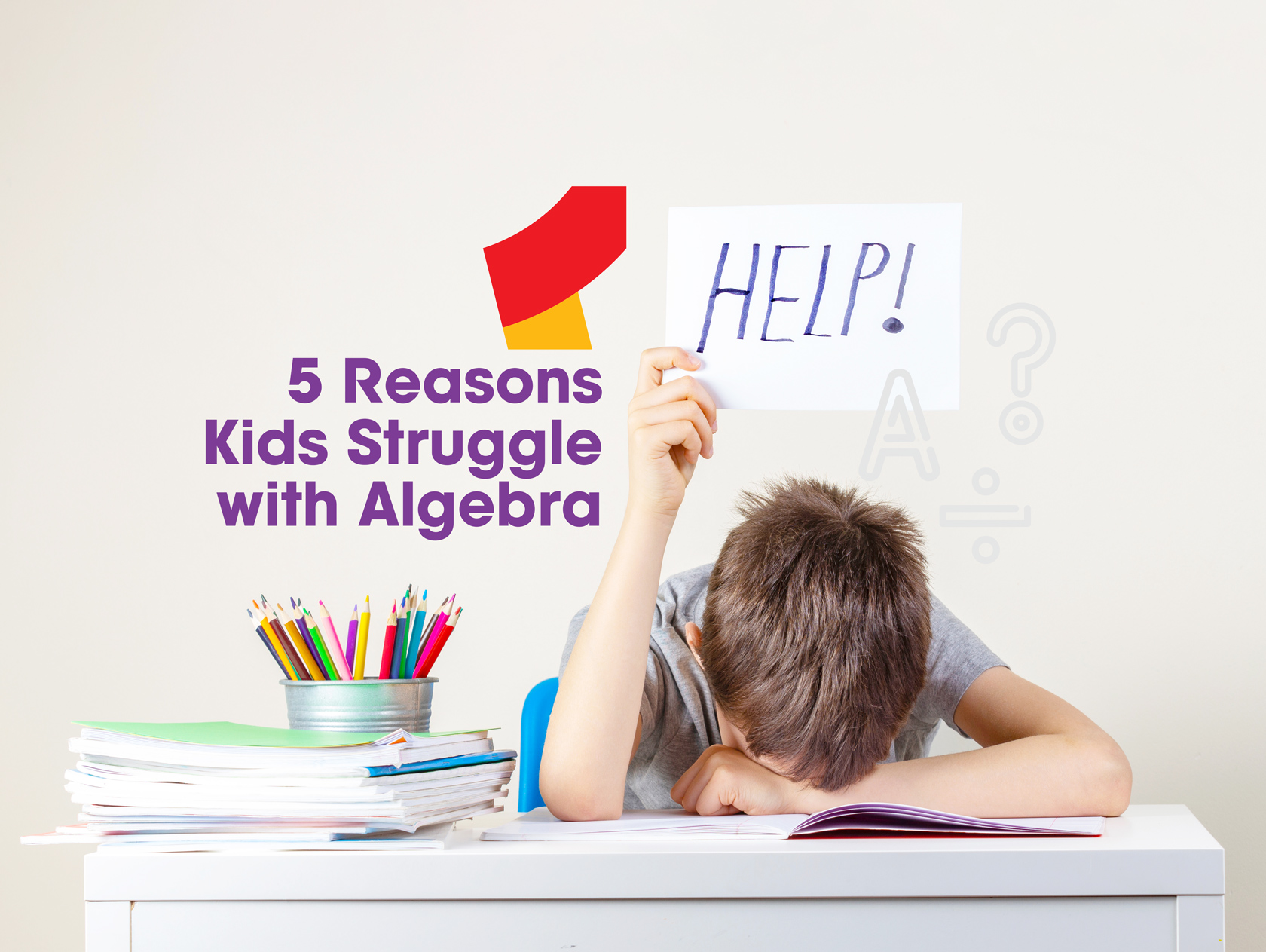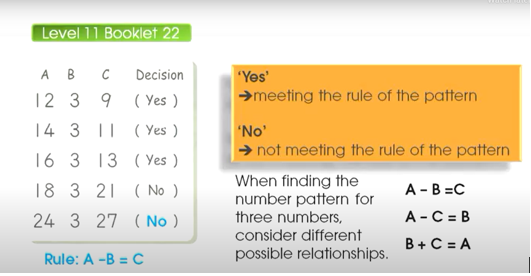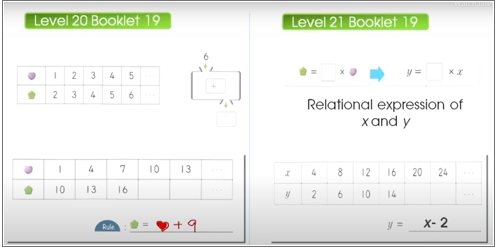Blog
Why Your Child Struggles with Algebra and How to Help

Expanding products of binomials, inductive vs. deductive reasoning, graphing the root of a quadratic function... If what you just read confused you, you’re not alone. These math phrases belong in an Algebra class—the class that begins in middle school, follows students all throughout college, and has the highest recorded fail rate of any class.
Here are 5 reasons why children struggle with Algebra more than any other subject and tips to help boost their confidence level:
1. The Transition from Arithmetic to Algebra is Difficult
Jumping headfirst into Algebra after Arithmetic is not an easy task. Arithmetic is the basis for all math concepts—the foundation on which everything else is built. Algebra is a branch of mathematics that introduces variables and expressions that fundamentally change the way a child interprets equations. It’s no longer area and perimeter, but rather writing formulas that represent patterns like 𝑦 = 7𝒙 + 1/2.
👉How you can help smooth this transition:
Talk about what 𝒙 represents by giving simplified examples. It (𝒙) might represent how much allowance they need to save to buy a new game, or how many days until the weekend. Give examples using equations they are used to solving, such as 15+72=__. Then put an 𝒙 in the blank space: 15+72= 𝒙. Check that they understand that it is representing the unknown number for which they are solving. Move the 𝒙 and check that they understand it’s the same principle: 15+𝒙=87. Try having them write a few of their own simple algebra problems before increasing the difficulty.
Algebra is pattern recognition and problem
solving, so another way to break the process down is to start with patterns
instead of equations. Practice recognizing patterns that involve objects and
symbols. They can solve for the missing object, thus building critical thinking
and enhancing their ability to predict sequences. From image patterns you can
move on to number patterns and then number patterns that involve mathematical
operations. The great thing about this process is you can start at a young age.
Eye Level’s Critical Thinking Math program, for example, teaches children of
all ages this type of algebraic, logical thinking from the moment they enroll.
2. With Algebra Comes Memorization.
Algebra isn’t just patterns and relationships, it’s also specific formulas and algorithms that must be memorized to solve problems. By memorizing formulas, students can plug in numbers according to which problem they’re solving. For example, knowing the slope-intercept formula helps define a line on a plane and knowing the Pythagorean Theorem is essential for calculating the length of an unknown side of a triangle. This can be overwhelming for students as one simple mistake in the formula can generate a completely wrong answer. Understanding the formula as opposed to simply memorizing will lead to a better chance of connecting the material together in an efficient way.
👉Here’s how to improve their Algebra memory:
Most students are visual learners, which
means taking and reading notes is beneficial. Have your child write and re-write
the equation along with its function to help create cognitive muscle memory.
Encourage them to practice daily until they have retained the information so that it's easily accessible. Engage in fun activities with them that involve Algebra,
such as having them play teacher. Switching from passive (note taking) to
active (teaching) can help some children deepen their understanding and further
retention.
Find ways to incorporate algebra by using
situations your child is familiar with. Maybe your child loves to play video
games? Have him write down how much time he has after school, and how much of
that time is filled with activities like dinner, homework, and sports. Have him
calculate how much time he might have for video games (𝒙) by using the data he
already knows. Or if he has a big item he is saving his allowance for, have him calculate how long until he has enough funds saved.
3. Different types of teaching styles.
Teachers are the core of education, and every teacher has their own teaching style like each student has their own learning style. Introduction to Algebra, or pre-Algebra, is a sensitive subject as it can shape how the student will interpret Algebraic equations for the rest of their academic life. If the student has a negative experience with the teaching style in pre-Algebra, they’re more likely shutdown and struggle in their future Algebra classes.
👉Here’s how to ensure your child doesn’t struggle with different teaching styles:
Speak with your child and ask in detail if
they are fully understanding the topics they’re learning in Algebra. It’s
important to recognize if they are confident in what they’re learning in class
or if they’re falling behind. Ask if their teacher has a slow or fast teaching
pace and how comfortable they are with it. If your child is falling behind
because the teacher’s pace is on the faster side, try implementing new study strategies that can help your child adapt to different teaching
styles.
Talk with your child’s teacher and find out weak points that you can
focus on at home. Their teacher may be able to suggest specific types of problems to practice. If you're child is feeling anxious or overwhelmed, don't dismiss it as a given byproduct of homework—work with your child to manage the stress and pressure.
4. The relationship between Algebra and the “real world."
“How is Algebra used in real life?” and “When
will I use Algebra in the real world?” are the most asked questions by students
in Algebra classes. This makes since given It’s easier to see how mathematical
concepts like percentages and measurements will be used in daily life versus
algebraic concepts like graphing quadratic functions.
👉How to help your child understand Algebra in the real world:
Algebra is more than just manipulating
symbols or a set of rules; it’s a way of thinking. It’s being able to recognize
patterns or break down problems to find a solution. Learning to think this way
is an important developmental step as it teaches your child a different mathematical
perspective. The applications of problem solving and logical reasoning extend well
beyond academic. Budgeting, finance, and computer programming are all examples of
areas in which Algebra is used daily. To reuse a previous example, algebraic thinking can even improve video game skills.
5. Not Getting Enough Support.
Extra support is not only for students who are falling behind, but also to help any student strengthen their understanding and confidence with topics covered in class. Math concepts continually build one onto another. Even a student doing well can have gaps or a lack of mastery in certain areas that will lead to frustration as concepts continue to stack. Aside from competency in a subject area, self-confidence plays a huge role in how a student thinks about school and approaches their studies.
👉How to seek the right help for students:
There may be study groups and programs offered by your child’s school. Alternatively, you can connect with your child’s friends to form your own study group. After-school learning programs like Eye Level offer personalized support that can help students fill in learning gaps and practice advanced material before covering in class. Eye Level Critical Thinking Math prepares students from a very young age for algebraic thinking through problem solving, reasoning and patterns.
Prepare for Algebraic Thinking with Eye Level Math
Critical Thinking is a key component of Eye Level Math. As soon as a child enrolls, they study both Basic Thinking and Critical Thinking.
Our math booklets start by covering Patterns and Relationships, which are the basis of algebra and functions. Beginning with repeating patterns and advancing to increasing patterns, students must first determine the pattern and then identify the missing component.


At later levels, students are exposed to more complicated patterns involving dominos and number sequences. The number patterns will progress to following “rules” and these rules will be determined using operations.
Eventually, students will start solving functions using variables 𝒙 and 𝑦.
Starting this type of thinking early and building a skill for pattern recognition and problem solving can help your child transition smoothly into algebra and advanced topics.
Visit your local Eye Level Learning Center to learn more about our Math Program and the benefits of critical thinking.
______________________________________




